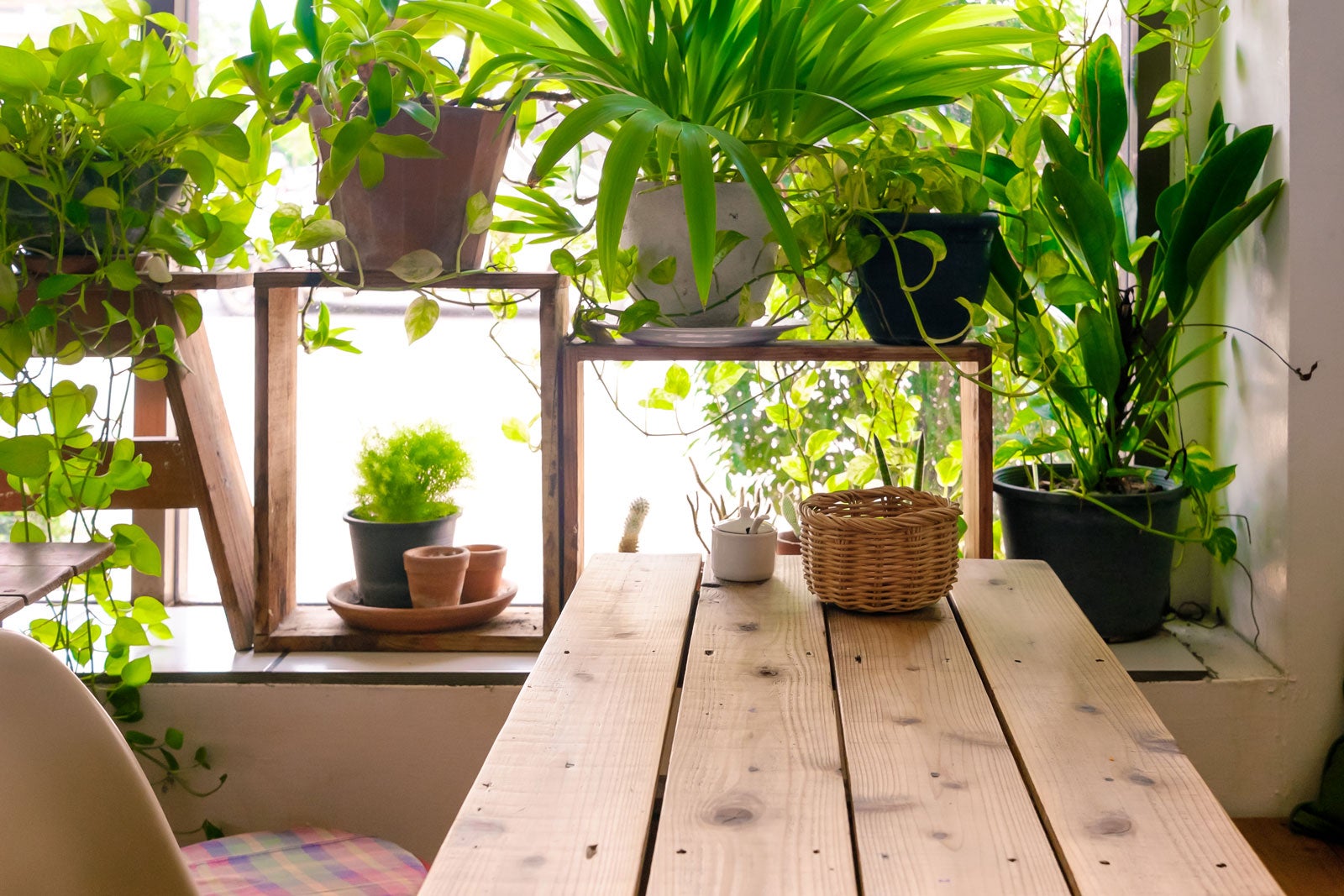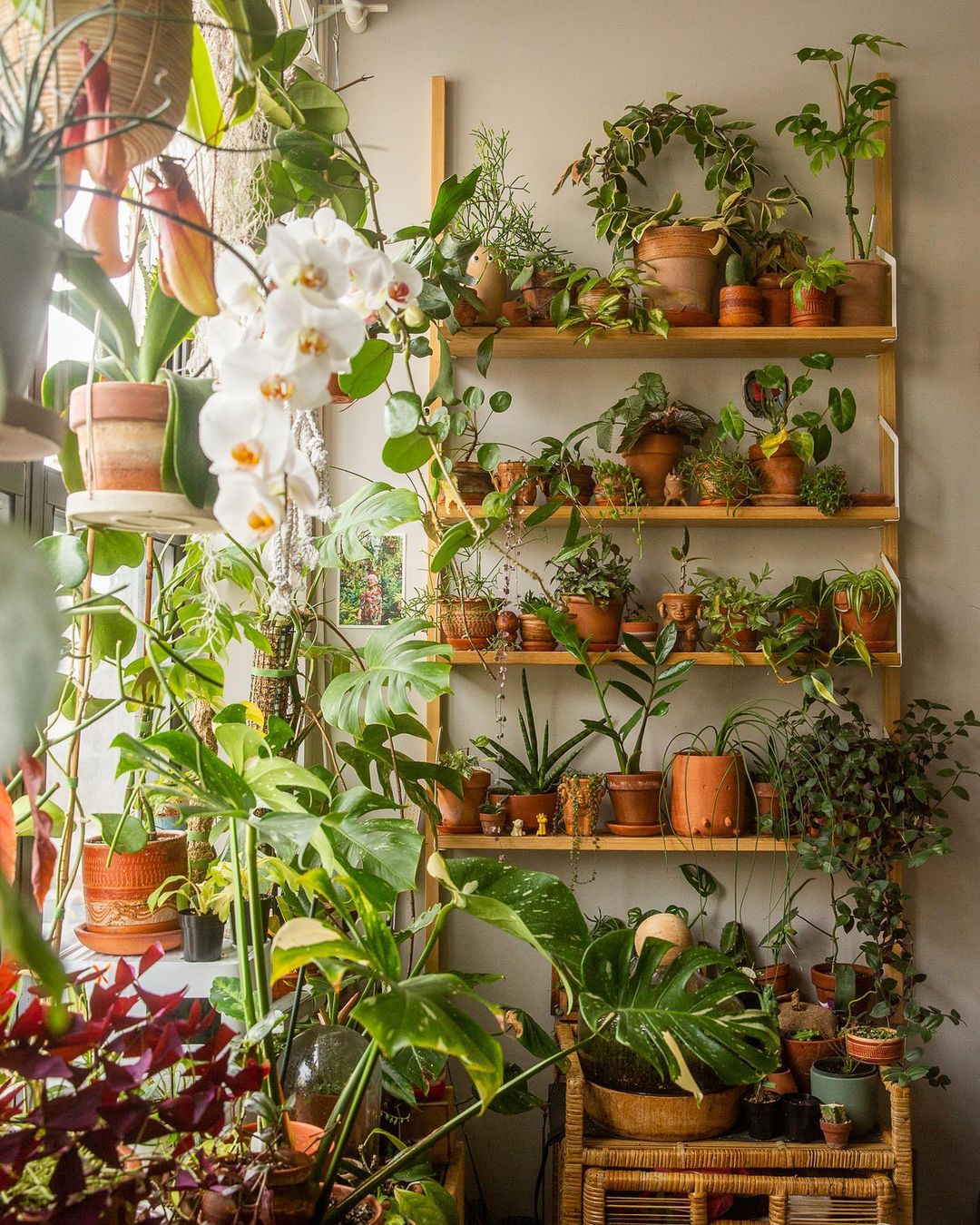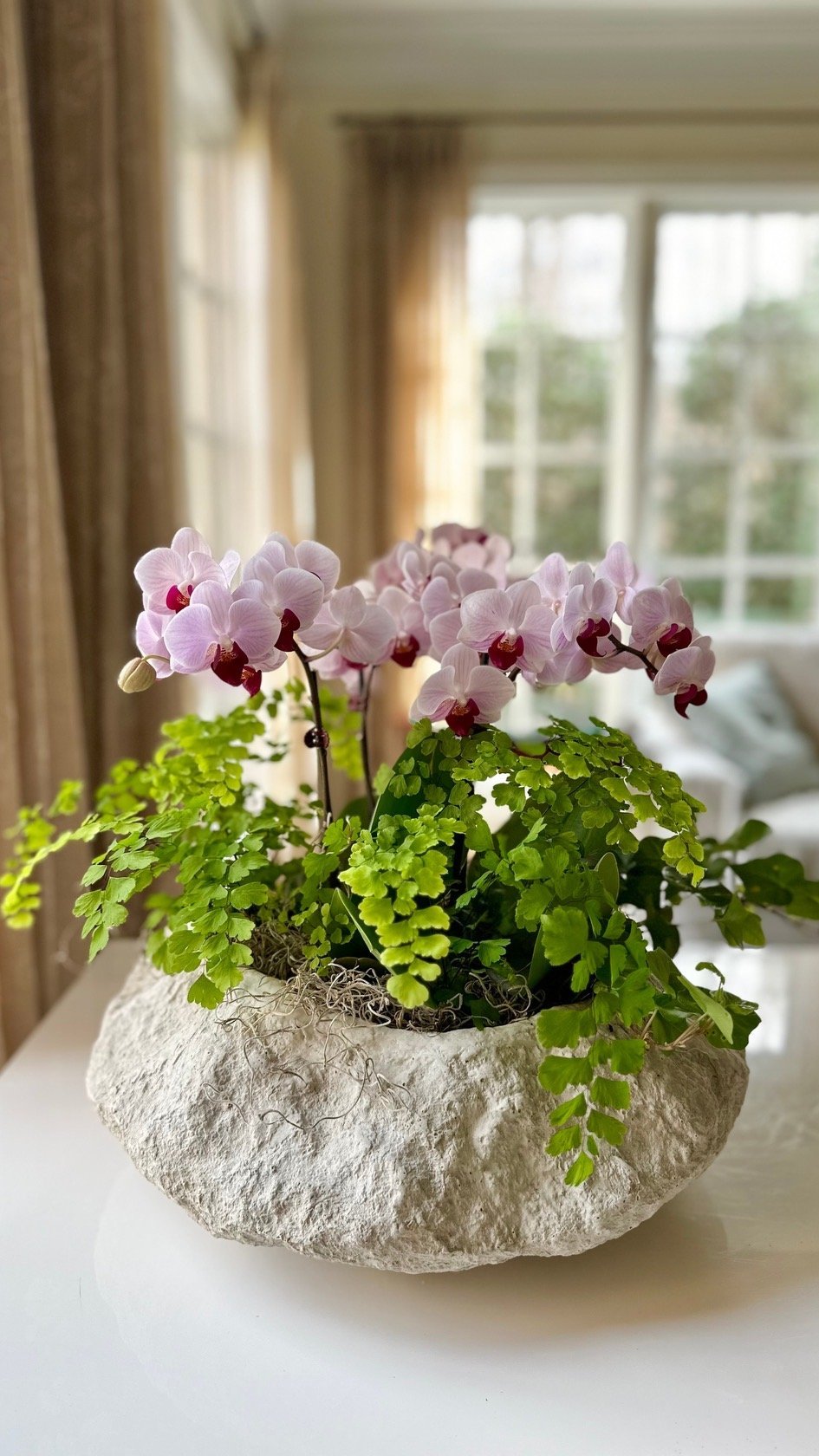Starting an indoor flower garden is easy and rewarding. It brings color and life to your home.
Indoor gardening is perfect for any space, big or small. Indoor flower gardens brighten your living area. They also purify the air and lift your mood. You don’t need a green thumb to start. With a few simple steps, you can grow beautiful flowers inside your home.
Indoor gardening is great for beginners. It’s a fun way to learn about plants. Plus, it’s a relaxing hobby. Ready to bring nature indoors? Let’s explore how you can start your own indoor flower garden. This guide will help you every step of the way.
Choosing The Right Flowers
Choosing the right flowers is crucial for your indoor flower garden’s success. It determines how well your flowers will thrive in your home environment. You need to consider several factors before making your selection.
Popular Indoor Flower Options
Some flowers are more suited to indoor environments. Here are a few popular choices:
- African Violets: Easy to grow and bloom year-round.
- Peace Lilies: They purify the air and need low light.
- Orchids: Elegant and come in many varieties.
- Jade Plants: Succulents that require minimal care.
- Begonias: Known for their vibrant colors and patterns.
Factors To Consider
Before choosing flowers, think about the light in your home. Some flowers need bright light, while others do well in low light. Consider the space you have. Larger plants need more room. Smaller plants fit well on shelves or window sills.
Think about the care each flower needs. Some need frequent watering. Others require less attention. Consider your own schedule. Choose flowers that match the time you can spend on them.
The temperature and humidity of your home are important too. Some flowers thrive in warmer conditions. Others prefer cooler settings. Check the specific needs of each flower to ensure they will do well in your home.

Credit: www.finegardening.com
Finding The Ideal Location
Starting an indoor flower garden can be a rewarding experience. It brings life and color into your home. But, finding the ideal location is key to success. The right spot ensures your flowers thrive and stay healthy.
Light Requirements
Most indoor flowers need plenty of light. Place them near windows with good sunlight. South-facing windows often provide the best light. But, be careful of direct sunlight. It can scorch some plants.
If natural light is limited, use artificial lights. LED grow lights work well. They mimic natural sunlight and help plants grow. Remember to adjust the light distance. Too close can harm the plants.
Temperature And Humidity
Indoor flowers need a stable temperature. Most flowers prefer 65-75°F during the day. Night temperatures can be 10 degrees cooler. Avoid placing plants near heaters or air conditioners. They can cause temperature fluctuations.
Humidity is also important. Many flowers thrive in 40-60% humidity. Use a humidifier if the air is too dry. Misting the plants can also help. But, don’t overdo it. Too much moisture can cause mold.
Gathering Necessary Supplies
Gather essential supplies like pots, soil, and seeds to start your indoor flower garden. Ensure you also have watering cans and proper lighting.
Starting an indoor flower garden is a rewarding project. First, gather the necessary supplies. Having the right tools ensures your plants thrive. Let’s explore essential items you need.Pots And Containers
Pots and containers come in various sizes. Choose ones with drainage holes. This prevents water from pooling. Clay pots are breathable and good for most plants. Plastic pots are lightweight and easy to move. Consider the plant size. Larger plants need bigger pots.Soil And Fertilizers
Quality soil is crucial for healthy plants. Use potting soil, not garden soil. It drains well and prevents root rot. Fertilizers provide essential nutrients. Use a balanced, slow-release fertilizer. Follow the instructions on the package. Over-fertilizing can harm your plants. “`Planting Your Flowers
Starting an indoor flower garden is easy. Choose the right pots and good soil. Place your flowers near sunlight and water them regularly. Enjoy the beauty indoors.
Starting an indoor flower garden is an exciting journey. Planting your flowers is a vital step. This ensures your plants grow healthy and beautiful. Follow these simple steps to get started.Preparing The Soil
Good soil is key to healthy flowers. Use a potting mix for indoor plants. It offers the right balance of nutrients. Add compost to enrich the soil. Ensure the soil is light and airy. This helps roots to grow and breathe.Proper Planting Techniques
Proper planting is essential for strong growth. Start by filling your pot halfway with soil. Gently place the flower in the center. Cover the roots with more soil. Press the soil lightly to remove air pockets. Water the plant until the soil is moist. Avoid overwatering to prevent root rot. Following these steps ensures your indoor flower garden thrives. Happy planting! “`Watering And Feeding
Watering and Feeding are crucial for a thriving indoor flower garden. Proper care ensures your flowers bloom beautifully and stay healthy. Let’s dive into the specifics of watering and feeding your plants.
Watering Schedule
Establishing a consistent watering schedule is essential. Overwatering can lead to root rot, while underwatering can cause wilting. Here’s a simple guide:
- Check the soil moisture. Insert your finger about an inch deep. If dry, it’s time to water.
- Water in the morning. This allows plants to absorb moisture before the heat of the day.
- Use room temperature water. Cold water can shock the roots.
Nutrient Needs
Indoor flowers need regular feeding to grow strong. Different plants have varying nutrient needs, but here are some general tips:
- Use a balanced, water-soluble fertilizer. Follow the instructions on the package.
- Fertilize every 2-4 weeks during the growing season (spring and summer).
- Reduce feeding in the fall and winter, as plants grow slower.
- Observe your plants. Yellowing leaves may indicate nutrient deficiencies.
By maintaining a proper watering schedule and meeting your plants’ nutrient needs, your indoor flower garden will flourish.

Credit: www.gardeningknowhow.com
Maintaining Your Indoor Garden
An indoor flower garden can be a delightful addition to your home. But, maintaining its health and beauty requires some effort. Proper care ensures your plants thrive and bloom throughout the year. Let’s discuss key aspects such as pruning and deadheading and pest control.
Pruning And Deadheading
Pruning helps your plants grow strong and healthy. By removing dead or overgrown branches, you encourage new growth. Use sharp scissors or pruning shears for a clean cut.
- Cut at a 45-degree angle to avoid water buildup.
- Remove any yellow or brown leaves regularly.
- Trim leggy stems to maintain shape.
Deadheading is another vital task. It involves removing spent flowers. This encourages more blooms and keeps your garden looking tidy.
- Pinch off the flower head just below the bloom.
- Use clean scissors for thicker stems.
- Check your plants weekly for spent flowers.
Pest Control
Indoor plants can attract pests like aphids, spider mites, and fungus gnats. Regular inspection helps you catch infestations early.
| Pest | Symptoms | Solution |
|---|---|---|
| Aphids | Sticky residue on leaves | Spray with soapy water |
| Spider Mites | Webbing on leaves | Use neem oil |
| Fungus Gnats | Flying insects around soil | Let soil dry between waterings |
Keeping your indoor garden pest-free requires vigilance. A healthy plant is less likely to attract pests. Ensure proper watering, good air circulation, and clean leaves.
Ensuring Proper Light
Ensuring proper light is crucial for an indoor flower garden. Light affects plant growth and overall health. Without it, plants can’t photosynthesize. This means they can’t make food. Let’s explore how to provide the right light for your indoor garden.
Natural Light
Natural light is the best source for your indoor garden. Place your plants near windows. South-facing windows offer the most light. East and west-facing windows work well too. Rotate your plants occasionally. This helps them get even light exposure. Use sheer curtains to diffuse intense sunlight. This prevents leaf burn.
Artificial Light Options
If your home lacks natural light, consider artificial options. LED grow lights are popular. They use less energy and last long. Fluorescent lights are another good choice. They are cost-effective and efficient. Place lights 6-12 inches above plants. Adjust the height as plants grow. Ensure lights are on for 12-16 hours daily. Use a timer to make this easier.
Dealing With Common Issues
Starting an indoor flower garden can be a joy. But, sometimes issues arise. Knowing how to handle these problems is key. Below are some common issues and ways to address them.
Overwatering
Overwatering is a frequent issue in indoor gardening. Plants need water to thrive, but too much can be harmful.
Signs of Overwatering:
- Yellowing leaves
- Wilting despite wet soil
- Root rot
Solutions:
- Check soil moisture before watering
- Use pots with drainage holes
- Allow soil to dry out between waterings
Diseases And Pests
Diseases and pests can damage your indoor flower garden. Identifying and treating them early is crucial.
Common Pests:
- Aphids
- Spider mites
- Mealybugs
Signs of Pests:
- Discolored leaves
- Sticky residue on leaves
- Visible insects
Common Diseases:
- Powdery mildew
- Root rot
- Leaf spot
Signs of Diseases:
- White powdery spots
- Black or brown spots on leaves
- Wilting or stunted growth
Solutions:
- Isolate affected plants
- Use insecticidal soap for pests
- Remove diseased leaves
- Ensure proper air circulation

Credit: livesozy.com
Conclusion
Creating an indoor flower garden can be rewarding and fun. Start small and choose easy-to-care-for plants. Use proper pots with drainage holes. Place plants where they get enough light. Water regularly, but don’t overdo it. Check for pests to keep plants healthy.
Enjoy watching your flowers bloom and grow. Gardening indoors helps brighten up your space and mood. So, gather your supplies and start your indoor garden today. Happy gardening!





